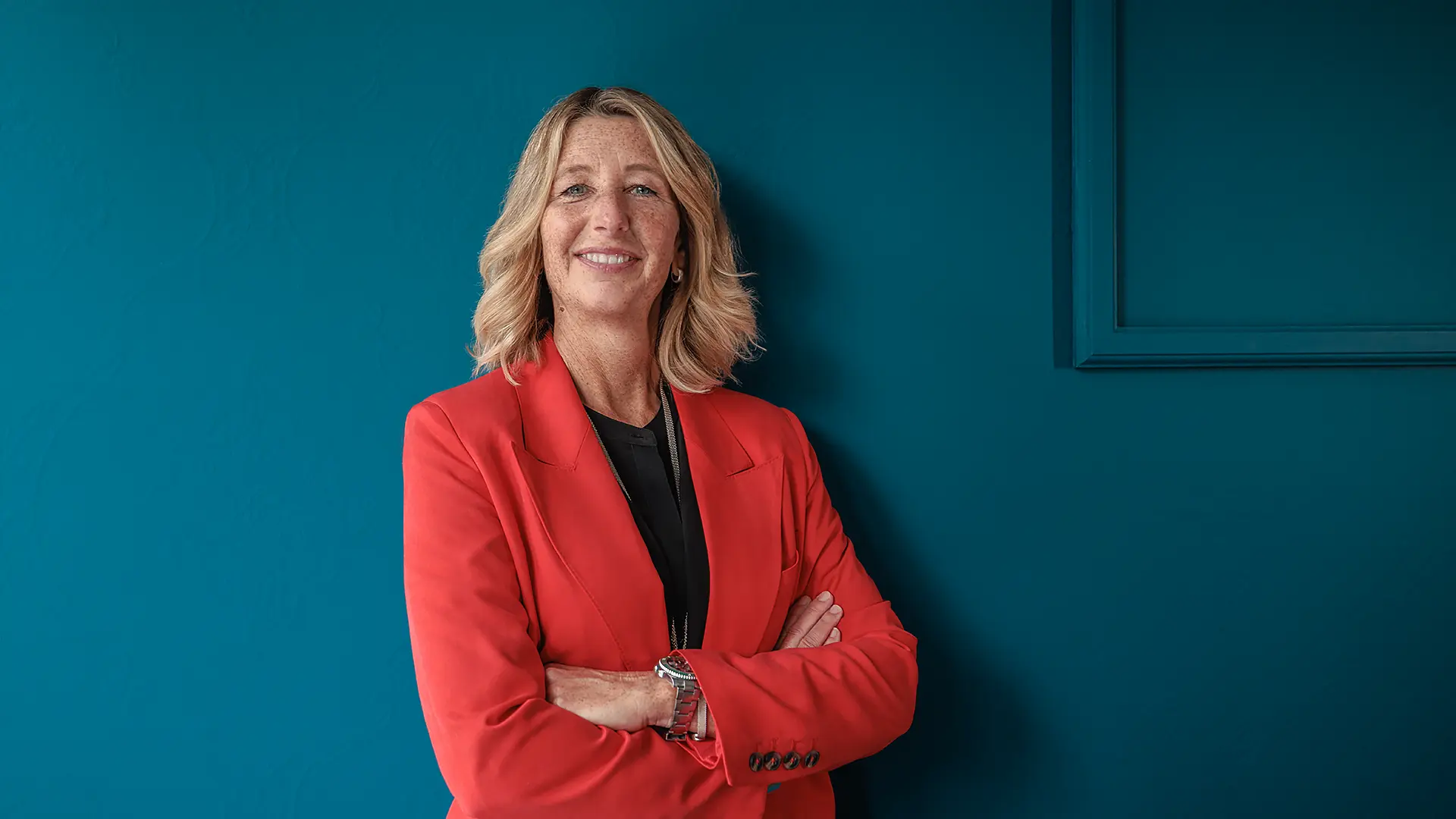Work-Life Balance in the Digital Age: My Three Lessons to Make It Work

Thanks to digitalization, we are more flexible to work when, where, and how we want to. Things looked very different when I started my career, more than 20 years ago. Work was done at the office and it was kept strictly separate from private life. Today, with growing connectivity, this clear-cut delineation is disappearing. Striking a healthy work-life balance is therefore more important and at the same time more challenging than ever before. As business leaders, we need to face this challenge on a personal and organisational level.
Looking back on my professional life, my work mindset and approach have changed over time. Maintaining a balanced and fulfilling life in the digital age, for me, boils down to three things.
Work vs. Private Life – A Thing of the Past?
When I started working, two decades ago, work was clearly separated from all other parts of life such as family, friends, hobbies, and sports. Earning money and career advancement is what motivated people in their work. A typical work week for me meant long hours at the office – something that my boss really valued. With my team, we sat closely together, so we could easily catch up, discuss, and debrief from meetings.
How did I balance work and private life? I took a day off in order to arrange personal things. And I tried to reduce the amount of days that I stayed late at the office by reprioritizing and managing expectations.
Obviously, back then, we could not easily dial into meetings or work from home – the technical infrastructure was simply not available. But also, the leadership style was different: it was based on hierarchy and command-and-control. Digitalization enables us to reinvent the way we work and manage. However, in order to truly put this into practice, leaders need to discard outdated mindsets and make room for new management practices.
I recently gave up my own office – an experience I shared with you on my blog. Changing our physical work environment at DHL Consulting, was a key step towards realizing smart and flexible work in our organization. This transition also impacted my work and daily routines.
Work-life Balance Today – A Matter of Integration
These days, life is much less compartmentalized. Work has become interwoven with all other parts of life. We are increasingly more driven by purpose and meaning, also in the workplace. Today, I can work from home or at the office. Doctor’s appointments and sports can be planned into my day, and I do not need to feel limited by fixed office hours.
In our team, mutual respect and trust act as an important vehicle to put flexible work policies into practice. But change is never easy. At an organizational level, it needs to be carefully managed and well-communicated. And, old habits die hard; which is the same for me personally. I need to push myself to change the way I work. Working from home is something I need to consciously plan, and it still does not feel completely right when I walk the dog during my lunch break.
My Three Lessons for Work-life Balance in the Digital Age
With work life being reinvented, finding new ways of integrating all areas of life in a meaningful and productive way is a huge learning effort. There are three lessons I learned along the way that drive me today:
1. Live a Culture of Trust
A prerequisite for flexible work is giving employees more autonomy and empowering them to take decisions themselves. In order to do this, you need to nurture a culture of mutual trust, and create a safe environment for making and learning from mistakes. When employees can take more ownership, this will contribute to their engagement and fulfillment at work.
2. Lead by Example
As a leader, I need to be a role model and inspire the change I want to see. Walking that walk is essential to find support for your change agenda across your organization. I am always dedicated to what I believe is right and push for the effective use of digital tech to grow our organisation into an enabler of work-life balance.
3. Learn to Unplug
Sometimes it’s good to disconnect and get a digital detox. This allows us to put a focus on other areas of life in that moment. I, for instance, do not check my emails late on weekends and during holidays, and I consciously take social media breaks.
Change needs time. I notice that the majority of senior executives still holds on to what they know. Because of this, mobile work still suffers from a reputation of being less professional. There is generally not enough trust to foster flexible work in the digital workplace. Despite this, I view change with optimism, even when faced with criticism or resistance from peers or superiors. As a changemaker, you should not get discouraged by this or feel like you need to justify yourself – push for the change that you know is right.
Blended Work and Life in the Digital Age
Digitalization and technological advancement are helping us to reinvent the working world – something that has been long overdue. I believe that the future of work will surely be more flexible. Not only mobile work will be the reason for this, but also other policies such as additional forms of unpaid leave and sabbaticals. But this transition also calls for new strategies to organize work life effectively. For me personally and for our organization, working smartly and flexibly is an ongoing journey.
As business leaders, we need to pave the way and establish a culture that empowers and encourages employees to balance work and private life. Only by leaving outdated management practices behind and embracing a new mindset, we can truly grasp the benefits of digitalization and create more resilient and sustainable workplaces. Workplaces where employees have fun, feel engaged and happy. This is what will set us apart as employers in the digital era.
How do you deal with work-life balance in the digital age? I look forward to exchanging experiences with you on my blog and LinkedIn account. Share your thoughts in the comments.






